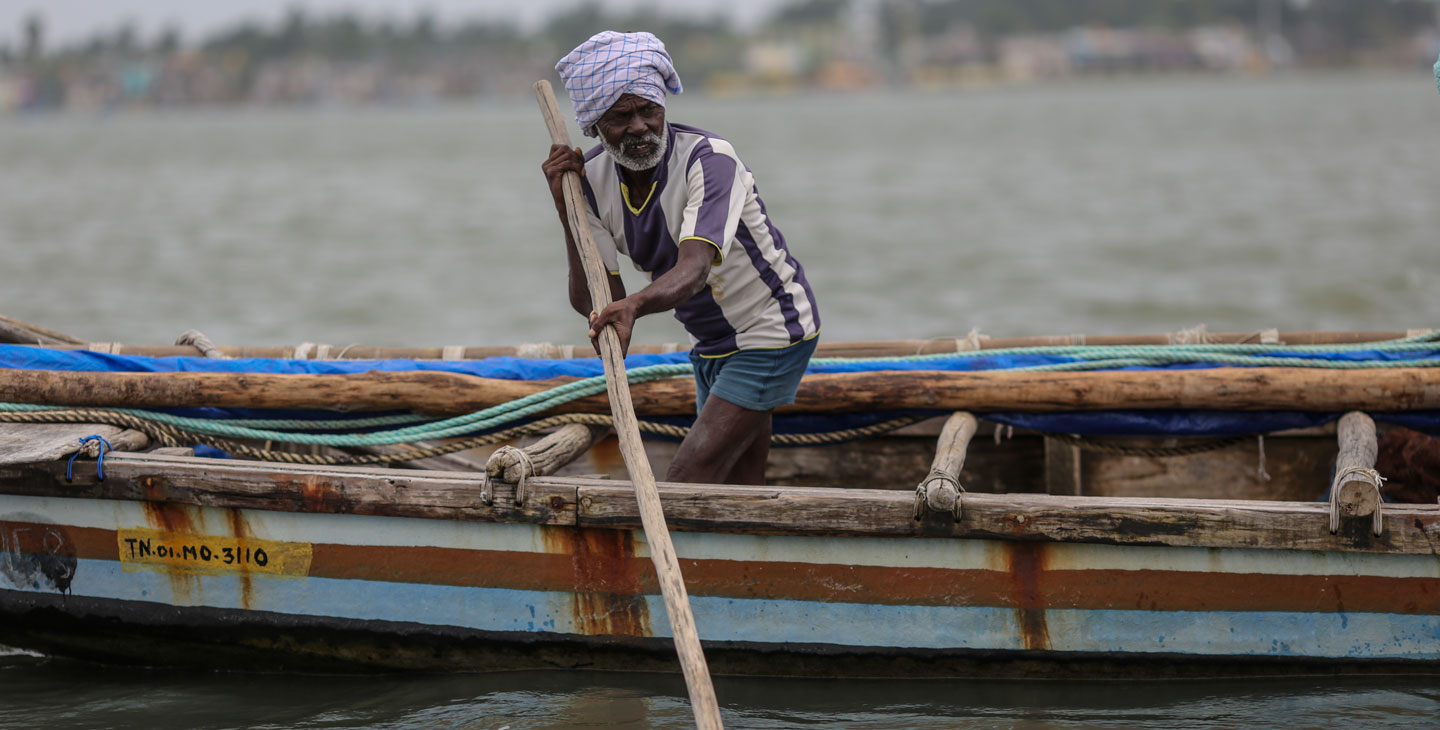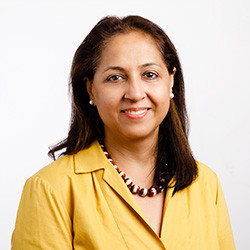Investing in a better future: Asia and the Pacific
IFAD Asset Request Portlet
Asset Publisher
Investing in a better future: Asia and the Pacific
Estimated reading time: 4 minutes
The Asia-Pacific region is one of dizzying contrasts and incredible scale. It is home to both the world’s highest peaks and low-lying islands that are being submerged by rising sea levels.
As IFAD calls for investments in rural people, we caught up with IFAD’s Regional Director for Asia and the Pacific, Reehana Rifat Raza, to find out the challenges faced by rural people in this dynamic region and how investment can make all the difference for their futures.
What are the main challenges in the region?
Climate change is hitting this region harder every year. In 2022, floods swept across Pakistan, affecting 33 million people. That’s nearly twice the population of the Netherlands.
At the same time, water scarcity is affecting agriculture across South Asia. Water supply in the Indus River basin has dropped by 79 per cent. Seawater is encroaching on farmers’ crops in Vietnam and fish catches in the Philippines have declined tenfold as coral reefs disappear.
Despite economic progress, 155.2 million people in the region continue to live in extreme poverty. As donors prioritize low-income countries over lower-middle or middle-income countries, many risk slipping through the cracks.
Governments in the region are calling for climate justice, whereby richer countries—which bear the greatest responsibility for climate change—meet their commitments to deliver US$ 100 billion in climate finance each year. As yet, these promises have not been kept. What’s more, only a tiny fraction of climate finance goes to small-scale farmers.
Finally, the global financial situation means inflation remains high. Many countries are facing an elevated public debt burden and limited fiscal space to borrow. This calls for greater investment in multilateral institutions, like IFAD, and financial instruments that allow middle-income countries to borrow cheaply to finance climate adaptation and rural development.
 |
| A member of the Fish Marketing Society dries fish at Pazhaverkadu fish market in India. ©Dhiraj Singh/IFAD |
What difference has IFAD made in the region?
IFAD has been present in the Asia-Pacific region since its inception. In fact, our first-ever loan was to Sri Lanka. We are currently investing US$ 2.6 billion across 49 programmes spanning 20 countries. For many of the hardest-to-reach places, where support is needed most, IFAD is the only source of financial assistance or technical expertise.
Our close partnership with China has contributed to a remarkable reduction in extreme rural poverty.
In Fiji, IFAD’s support means over 3,200 farmers were able to increase their income after the pandemic through crop diversification, high-quality farming inputs, food processing and access to new markets.
In Nepal, over 21,000 hectares of land are now managed by communities who conserve their forests and river watersheds using GIS mapping. Not only are they protecting themselves from devastating landslides, but they’ve also increased their yields by a third.
In eastern India, solar-powered day-care facilities mean parents have a safe space to leave their children when they go to work. Children also get healthy and nutritious meals. Here I met Rita Majhi. She’s been sending her twin boys to the creche while she works her land and has learned about properly feeding them from the creche staff.
 |
| This OPELIP-supported creche in Odisha, India also acts as a nutrition centre offering meal plans as well as regular health check-ups and immunization. ©Subham Paridha/IFAD |
What are the region’s untapped opportunities that could be leveraged with more investment?
With more than half the world’s population living in this region, of whom over half live in rural areas, the opportunities are limited only by our imaginations.
Many governments in the region have the opportunity to invest resources in innovative ways. For example, with 62 per cent mobile penetration across the region, digital technologies could improve extension services, connect farmers to markets or provide timely climate information. This is already happening but should be scaled up in an inclusive way, otherwise women risk being left further behind.
The blue economy presents a huge untapped opportunity. The region is flanked by the Indian and the Pacific oceans. Sustainably managing these enormous resources could catalyse development in many areas—from generating renewable energy and promoting ecotourism, to climate-friendly fisheries and transport.
Regional cooperation can help tackle rising cross-border challenges, including infrastructure gaps, trade connectivity and climate resilience. We've seen that collective action to build regional public goods brings greater benefits than countries working alone to address issues that also affect their neighbours.
For example, IFAD is working with the Association of Southeast Asian Nations to address the drivers of land degradation, fires and transboundary haze across Indonesia, Malaysia, the Philippines and Vietnam.
What is your message for the people who are deciding how much to contribute to IFAD?
My message is a simple one: it’s time to adapt to climate change. We must advocate for the poorest of the poor who are disproportionately affected and yet have so little voice.
Publication date: 08 September 2023